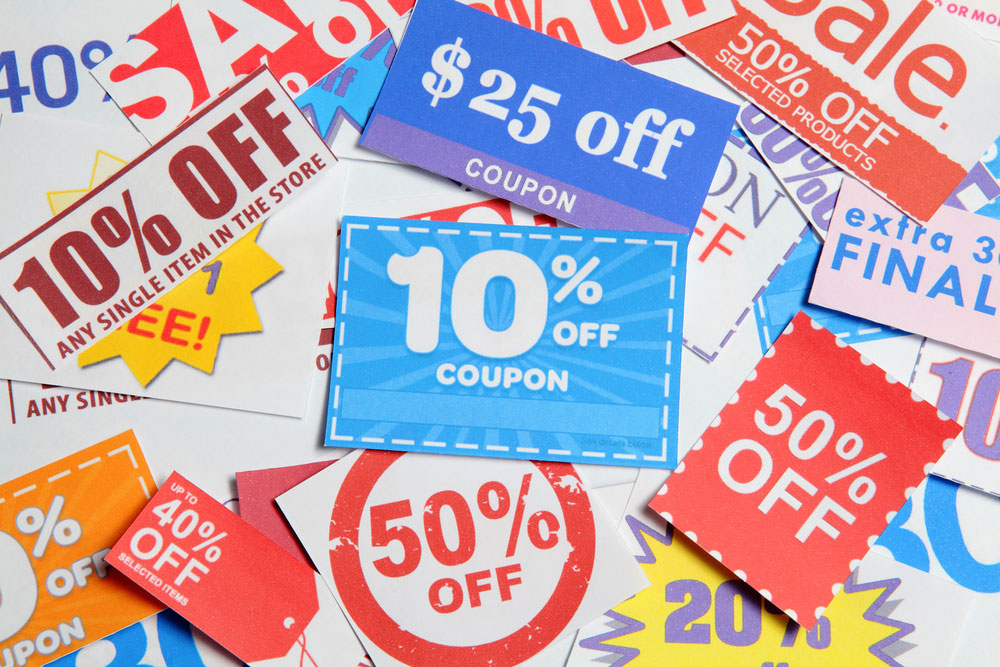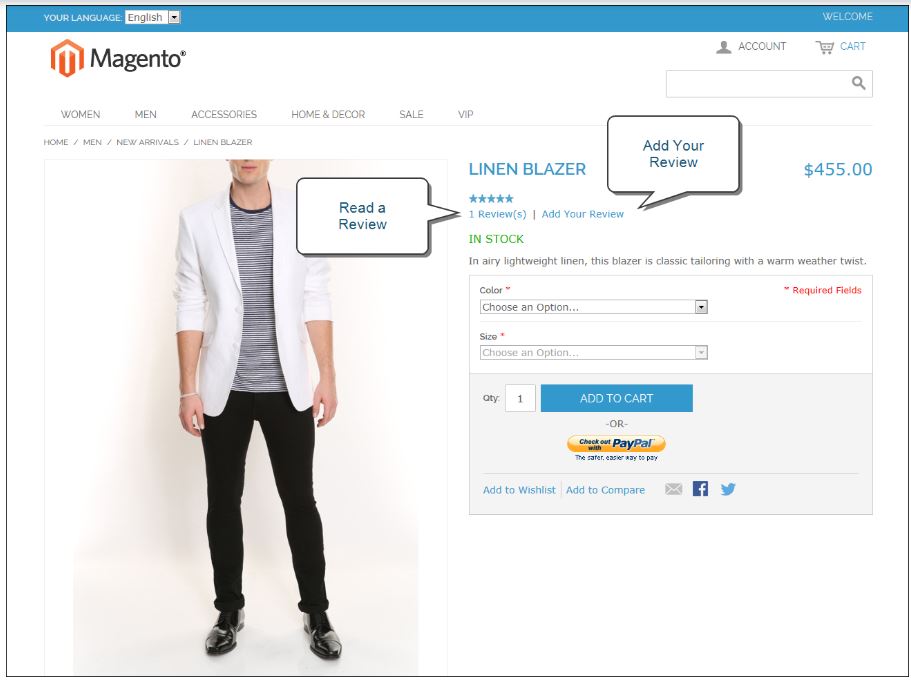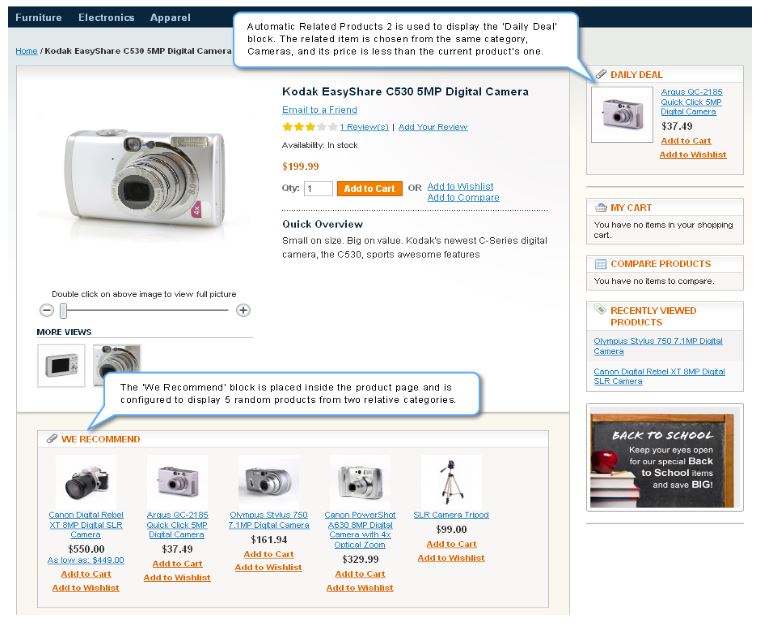Marketing challenges-Advanced Magento 2 marketing features to boost your business growth


According to Statista, in 2019, ecommerce sales globally accounted for $3.53 trillion, and it is expected to grow year after year reaching $6.54 trillion in 2022. To get a piece of that pie, merchants should go to great lengths for their customers and apply the latest marketing strategies.
No matter if you run a small, medium, or large business, marketing tools are essential for growing a successful business. Magento 2 has a great variety of advanced marketing and merchandising features to make your life a bit easier. Magento tools have helped top brands such as Ford, Coca-Cola, Bulgari, and Nike to build a superior user experience.

Elogic is highly proficient in incorporating marketing strategies into the Magento store feature. That’s why we compiled a list of marketing features divided into five categories to help you increase your brand’s awareness and profits.
Promotions
With Magento 2 marketing features, you can set promotions based on the customer’s preferences, gender, location, browsing history, and much more. Magento drag-and-drop interface enables you to manually arrange items or automatically sort out the newest products or best-selling products. You can organize your category pages in a fast and efficient way. Magento 2 offers catalog price rules and cart price rules. Catalog price rules offer discounts before the customer places an item in the shopping cart and don’t apply coupon codes, whereas cart price rules provide discounts for orders when certain conditions are met at the checkout.

For example, you can offer a 15% discount code or free shipping specifically to customers that added $500 worth of items to their shopping cart but didn’t complete their purchase.
Magento Commerce also offers customer segmentation. Segmenting your customers gives the possibility to customize promotions and offer cross-sells/up-sells based on customer address, browsing history, and shopping cart content.
Communications
Communication with your customers is an integral part of the marketing strategy. Sending the same emails about offers to all of your customers isn’t the best idea, as customers are more likely to take action when you apply an individual approach.
Magento 2 gives store owners the possibility to customize newsletters and emails. With Magento 2, you can tailor all emails, create as many newsletter templates as you need, organize your subscription/export list in various formats. With the Newsletter Queue option, you can send the newsletters to multiple customers.
In Commerce Edition, you have an option to set up automated email marketing campaigns and send abandoned cart emails. According to Statista, in 2019, the average shopping cart abandonment rate was 70%.

Whatever the reason behind cart abandonment is, we recommend sending potential customers emails with a discount or coupon codes informing them about not completed orders. Implementing automated email reminders is an excellent strategy to encourage customers to return to your website and make a purchase.
SEO and search
Search engine optimization (SEO) is an integral part of the marketing strategy. Magento 2 offers the SEO and search tools to ensure your store ranks high on search engines. With the latest SEO functionalities in Magento 2, store owners can add keywords to make sure that a person using a search engine to buy a product will land on their ecommerce store.

Magento 2 gives the possibility to apply redirects to handle URL modifications and avoid broken links, create and optimize search queries, set up proper metadata, search synonym groups, and create a sitemap.
These features will help potential customers to find what they intend to buy in your store easily. For example, if a customer is looking for shipping charges or payment options, you can smoothly redirect their search to the right page.
Magento also supports Google Analytics, AdWords, and Google Tag Manager. Google Tag Manager helps you to implement update code snippets to your online shop effectively. Magento Commerce Edition offers Elasticsearch – a catalog search tool aimed to manage and sort extensive catalogs in 33 languages.
User content
A study by BrightLocal states that 88% of customers trust online reviews as much as recommendations from their friends or relatives. Giving customers the possibility to write reviews allows your company to create a sense of trust between you and the customer.

Customer engagement
Attracting new customers is much more difficult and expensive than retaining existing customers. Loyalty programs and reward points can keep customers satisfied.
Magento 2 offers a reward points system. Customers can be rewarded for different actions: product purchase, sharing the page on social media, leaving reviews, subscribing for newsletters. Later on, rewards can be converted into coupons, free shipping, discounts, or special offers for the next purchase.
Magento 2 private sales and events give you a possibility to increase your existing customer base and generate new leads. You can organize time-limited deals, share invitations and event details, set limited offers to particular members, or build a separate private sale page.
One of the main ways to engage customers is by offering product suggestions based on browsing history. Magento 2 provides such features as related products, up-sells, and cross-sells on default.
Related products are similar items or product bundles that are displayed on the website to motivate customers to purchase other products in the bargain. It might be an item from the same category or supplementary goods.

Up-sell products are the section where customers can purchase the items of the highest standard of excellence in the suggested category. These are typically more expensive products that are bought instead of the selected ones.
Cross-sell is a sales strategy to increase order frequency by suggesting additional or complementary products. The cross-selling tactic is aimed to persuade customers to buy the items that they didn’t intend to purchase.

While cross-selling focuses on making customers buy one more item, upselling encourages a customer to spend more on higher-end versions of that same product.
Wish lists are also a helpful tool to attract more customers by giving them the possibility to share their wish lists. With Magento, customers can also save the items they would like to buy later in their wish list. Wish lists can allow store owners to increase the average value of the transaction.
Elogic provides this guest post.
Elogic is an enterprise agency with an in-house team of certified Magento developers. Their services revolve around Magento: building a store from scratch, Magento 2 migration, integrating Magento stores with third-party systems, custom extension development, support and maintenance, store audit, and more.


